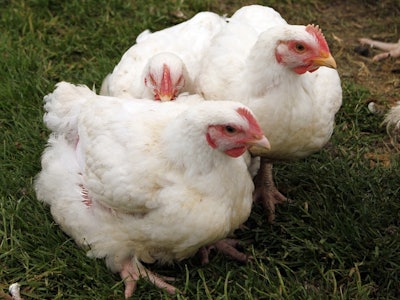
Pet foods and human foods alike increasingly incorporate trendy ingredients like honey, turmeric and coconut, but one category still stands above the rest. “The human protein trend continues to drive pet food,” said James Restivo, client director and pet lead for Nielsen, during Petfood Innovation Workshop 2018.
Thus, as 40 percent of human food shoppers in the US seek high protein, according to David Sprinkle, research director for Packaged Facts and a Petfood Forum 2018 speaker, 33 percent of dog owners and 24 percent of cat owners are feeding pet food formulations with high protein.
Restivo’s data showed such products are growing 5 percent a year, and dog food with meat as the first ingredient now commands a 52 percent share. Among all pet foods with meat as the first ingredient, 64 percent list more than one protein source: chicken is the most popular, at 80 percent, followed by fish (52 percent), turkey (48 percent), beef (39 percent) and lamb (13 percent).
Are high pet food protein levels sustainable and healthy?
Some experts worry this trend may not be sustainable, and research is lacking on long-term health effects. Excess protein is stored in the dog or cat’s body as fat, so today’s high protein, dense pet foods may contribute to rising pet obesity if owners overfeed them, said Jennifer Adolphe, PhD, senior nutritionist for Petcurean, during Alltech One18. Also, excess protein is excreted as nitrogen, which can be harmful to the environment — not to mention your lawn.
As Restivo’s data showed, most proteins in pet foods come from animal sources. With global populations continuing to increase, along with rising incomes that allow more people to eat meat-based proteins and feed them to their pets, some of those proteins may become scarce.
Adolphe also stressed that we don’t know the optimal level of protein for pets. The Association of American Feed Control Officials (AAFCO) nutrition requirements for dogs and cats establish minimums, but today’s pet foods often exceed those. For example, she compared the recommended AAFCO daily amount of protein for an adult, healthy dog, 56 grams, to the as-fed amount in a dog food with 20 percent protein (62 grams) and one with 35 percent (109 grams). Is that healthy for dogs in the long run?



















